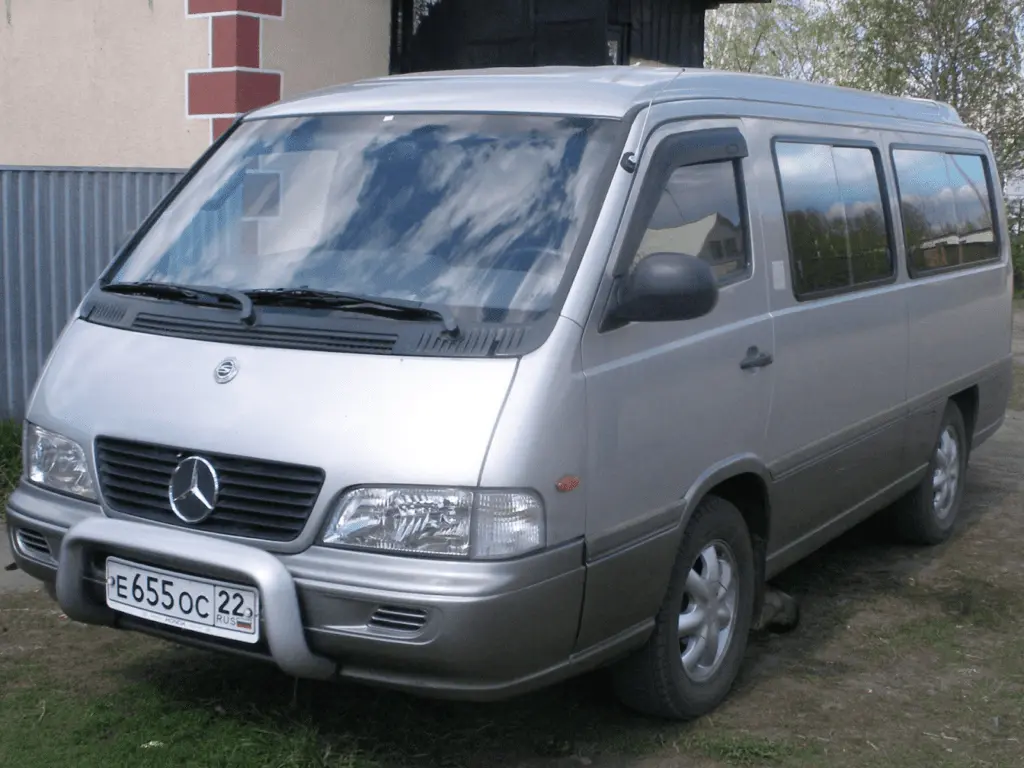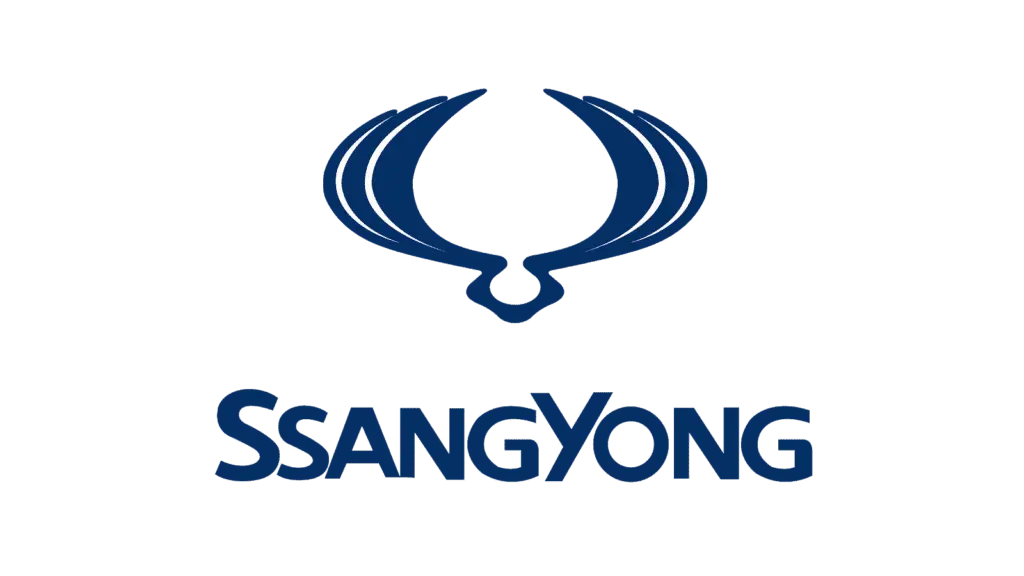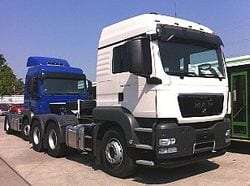
The history of the SsangYong automobile brand
Content
SsangYong Motor Company belongs to a South Korean automobile manufacturing company. The company specializes in the production of cars, trucks, and buses. The headquarters are located in Seoul city. The company was born in the process of mergers and mass acquisitions of various companies, which laid a solid foundation for production.
The company dates back to 1963, when the company reorganized two companies into Na Dong hwan Motor Co, the main specificity of which was the production of military off-road vehicles for America. The company also built buses and trucks.
In 1976 there was an expansion of the range of car production, and the next year - a change in name to Dong A Motor, which soon became controlled by SsangYong and in 1986 changed its name again to SsangYong Motor.

SsangYong then acquires Keohwa Motors, an off-road vehicle manufacturer. The first release after the acquisition was the Korando SUV with a powerful engine, which in turn helped to gain the company's fame in the market, as well as to make it popular and attract the attention of Daimler-Benz, the German division of Mercedes-Benz. The collaboration paid off as it unveiled many Mercedes-Benz technologies and production methods for SsangYong. And in 1993, the experience gained was introduced into the Musso SUV, which gained considerable popularity. In the future, an upgraded generation of this model was released, the high quality of technical characteristics made it possible to win several times in the racing rally in Egypt.
In 1994, another production plant was opened where a new small-sized model Istana was created.

In early 1997, the company became controlled by Daewoo Motors, and in 1998 SsangYong acquired Panther.
In 2008, the company faced significant financial difficulties, which led to its bankruptcy and a couple of years later began trading for the company. Many companies fought to acquire SsangYong shares, but were ultimately acquired by Mahindra & Mahindra, an Indian company.
At this stage, the company is in the leading South Korean four in auto production. Owns several divisions in the CIS countries.
Emblem

The very name of the SsangYong brand in translation means “Two Dragons”. The idea of creating a logo that includes this name originates from an old legend about two dragon brothers. In short, the semantic theme says that these two dragons had a huge dream, but in order to fulfill it, they needed two gems. Only one was missing, and it was presented to them by the heavenly god. Having acquired two stones, they realized their dream.
This legend embodies the company's desire to move forward.
Initially, cars of this brand were produced without an emblem. But a little later, an idea arose in its creation, and in 1968 the first emblem was created. She personified the South Korean symbol "Yin-yang" made in red and blue colors.
In 1986, the very name “Two Dragons” became the symbol of the emblem, which symbolized the rapid growth of the company. A little later, it was decided to add the SsangYong inscription below the emblem.
SsongYong Car History

The first car produced by the company was the Korando Familly off-road car, produced in 1988. The car was equipped with a diesel power unit, and a little later, two modernized versions of this model were created based on the power units of Mercedes-Benz and Peugeot.
The modernized version of Korando not only acquired a powerful power unit, but also a transmission developed using advanced technologies.

Cars were in demand due to their low prices. But the price itself was not commensurate with the quality, which was excellent.
The comfortable SUV Musso was developed in cooperation with Daimler-Benz, and was equipped with a powerful power unit from Mercedes-benz, which was licensed from SsangYong. The car was produced in 1993.
Two years later, a small-sized model Istana comes off the assembly line.
The luxury Chairman was released based on the Mercedes-Benz brand in 1997. This executive class model deserved the attention of wealthier people.
In 2001, the world saw the Rexton off-road car, which passed to the premium class and was distinguished by its comfort and technical data. In its modernized version it was presented later in 2011, the design was significantly improved and the diesel engine, which was 4 cylinders and dominated by high power, was significantly improved.

Musso Sport, or a sports car with a pickup body, debuted in 2002 and was in demand due to its functionality and innovative technical characteristics.
The following year, the Chairman and Rexton were upgraded, and the world saw new models with the introduction of new technologies.
Also in 2003, a new Rodius series with a station wagon was designed, was considered a compact minivan, and since 2011 it debuted an eleven-seat macro van from this series, equipped with multifunctionality.

In 2005, the Kyron cross-country vehicle was released, replacing the Musso SUV. With its avant-garde design, spacious garden, turbocharged power units, it has won the attention of the public.
The revolutionary Actyon also replaced Musso, initially replacing the SUV and later the Musso Sport sports car in 2006. Actyon models, in addition to high technical data, earned respect for their design, and the interior and exterior of the car kept their competitors aside.

